
Create a Central Composite Design in Python
I have shown you an example of a central composite design in the previous blog post: A step by step example of a Central Composite Design (CCD). In this post I am going to show you how you
Read More
I have shown you an example of a central composite design in the previous blog post: A step by step example of a Central Composite Design (CCD). In this post I am going to show you how you
Read More
If your full or fractional factorial pointed you in the right direction but you still can’t answer “where is the optimum?”, it’s time for a Central Composite Design (CCD). In this post, I’ll build dir
Read More
Important: This blog post shows you how to perform ANOVA and check its assumptions using Python. If you're looking for a general introduction, check out the related blog posts linked below.In
Read More
After performing an ANOVA analysis, it is crucial to validate the assumptions that underlie the statistical model we have created. One powerful tool for this purpose is the Quantile-Quantile plot, or
Read More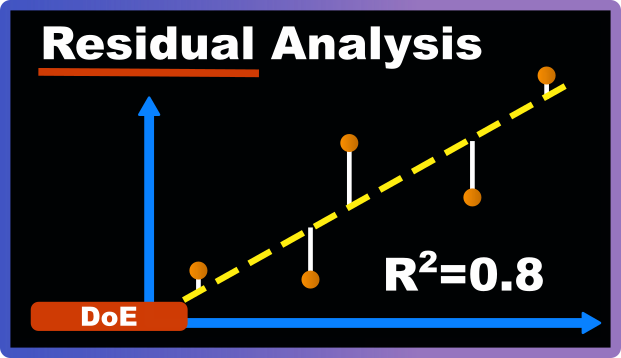
You've conducted a DoE, visualized the results, and used ANOVA to create a model for decision making. But how good will the decisions be based on your model? You need to validate it first. Visual C
Read More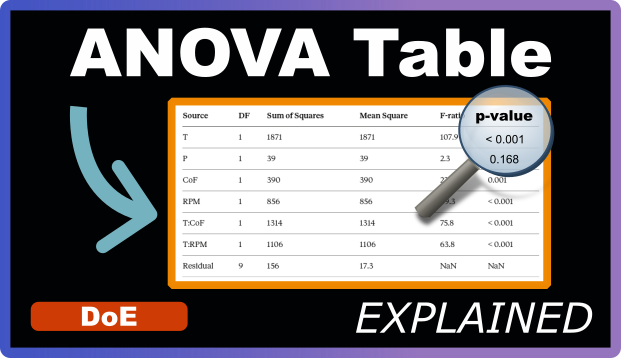
In our previous post, we learned how to perform ANOVA to build statistically justified models. We ran the analysis and got this table: | Source | DF | Sum of Squares | Mean Square | F-ratio | p-value
Read More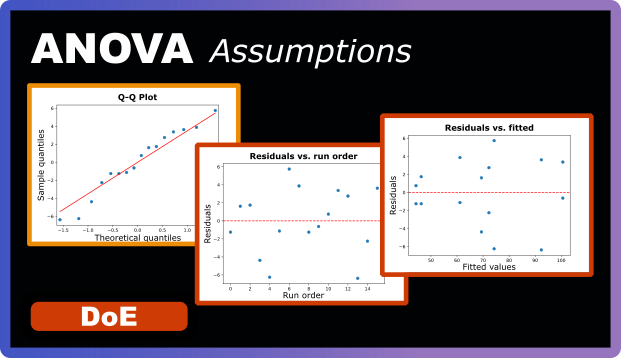
In our last blog post, we used ANOVA to systematically build a mathematical model for our filtration rate experiment. We identified which parameters were significant, eliminated the noise, and ended u
Read More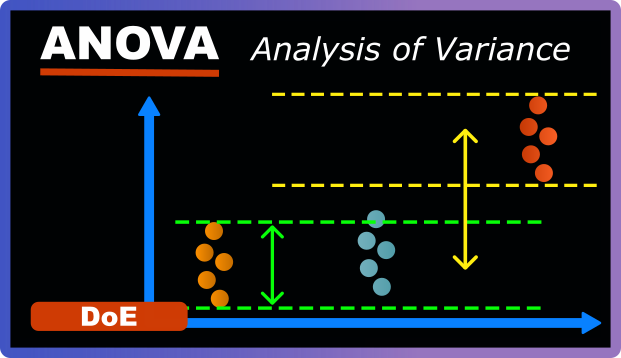
In our last blog post, we learned what a model is and what it can do for us. We even built one for our filtration rate experiment. But if you're being honest, the process felt a bit random how we adde
Read More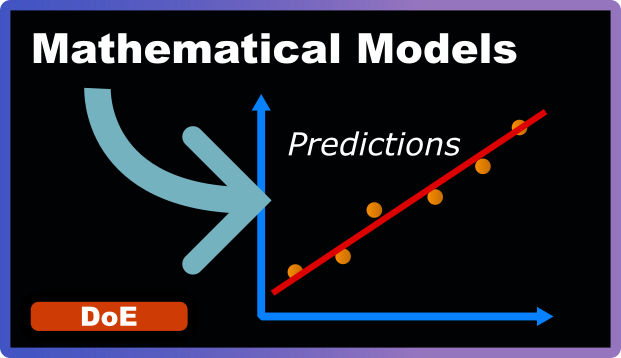
We’ve explored full and fractional factorial designs, and so far, we’ve relied on data visualization using main effect and interaction plots to understand our system. While data visualisation provide
Read More